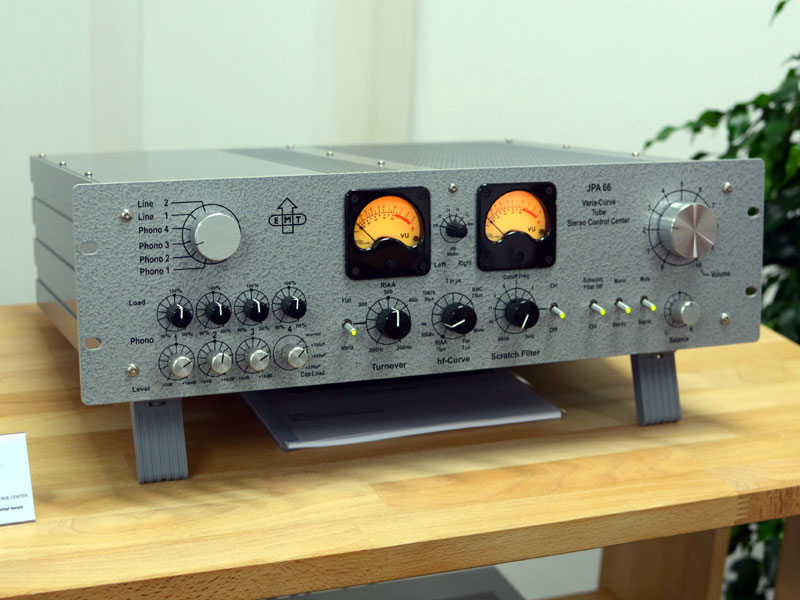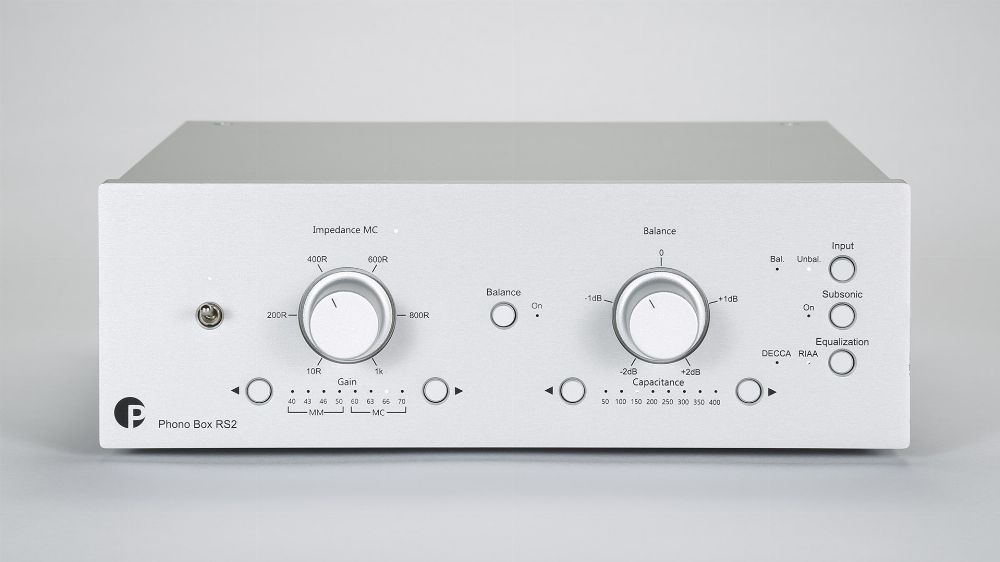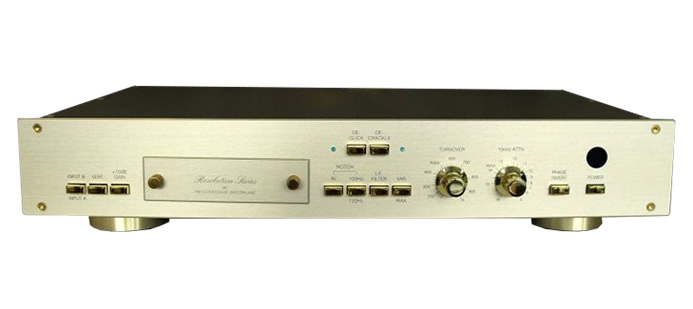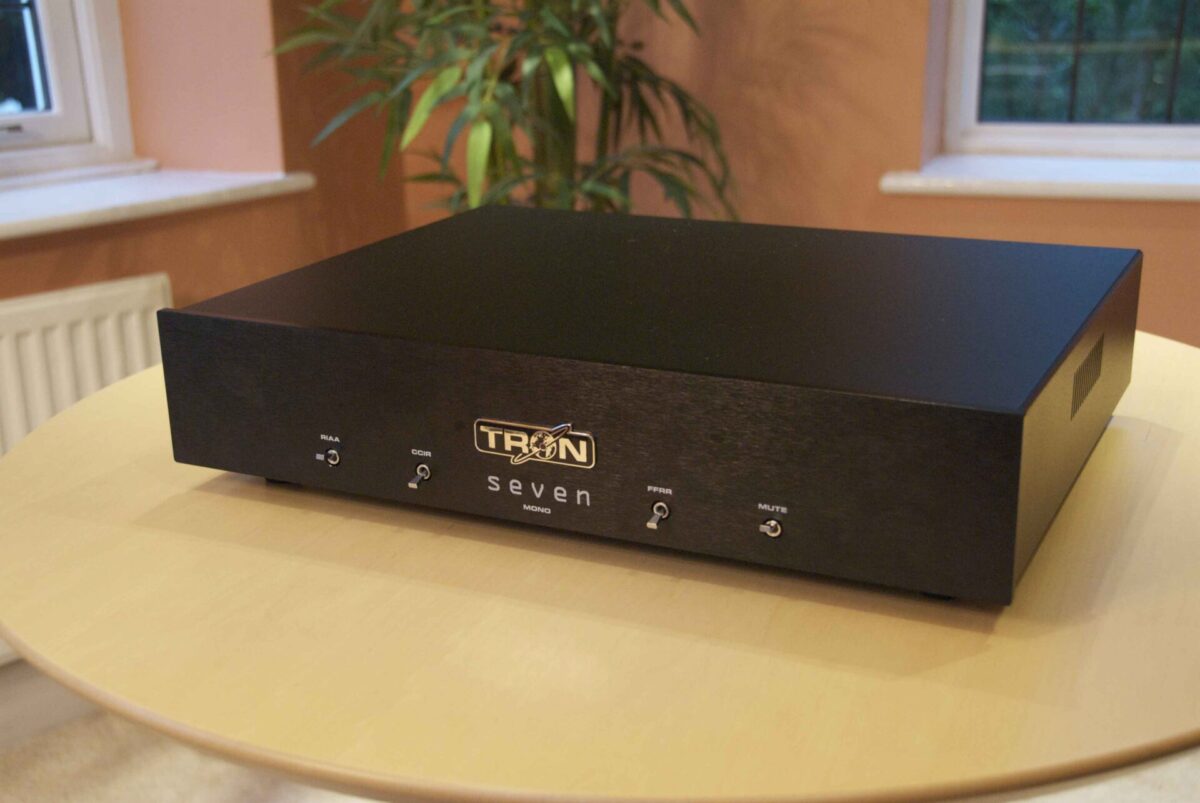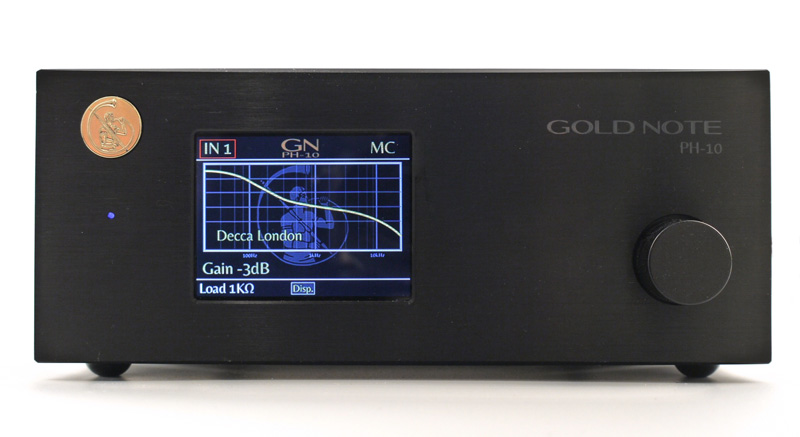Sue Pertwee-Tyr
Accuphase all the way down
Yesterday I had the privilege of hearing the CH Precision phono stage. It has both voltage sensing and current input MC stages, and offers selectable EQ curves. I've heard the difference between EQ curves before, and I also have (and love) my Arkless current input phono stage, so this is the best of all worlds. Except for the minor matter of the cost.
So I'm looking to see if there are any alternatives which offer the same functions, without the need to sell a kidney. Anybody able to help me compile a list, or have I already compiled it in this post?
So I'm looking to see if there are any alternatives which offer the same functions, without the need to sell a kidney. Anybody able to help me compile a list, or have I already compiled it in this post?


